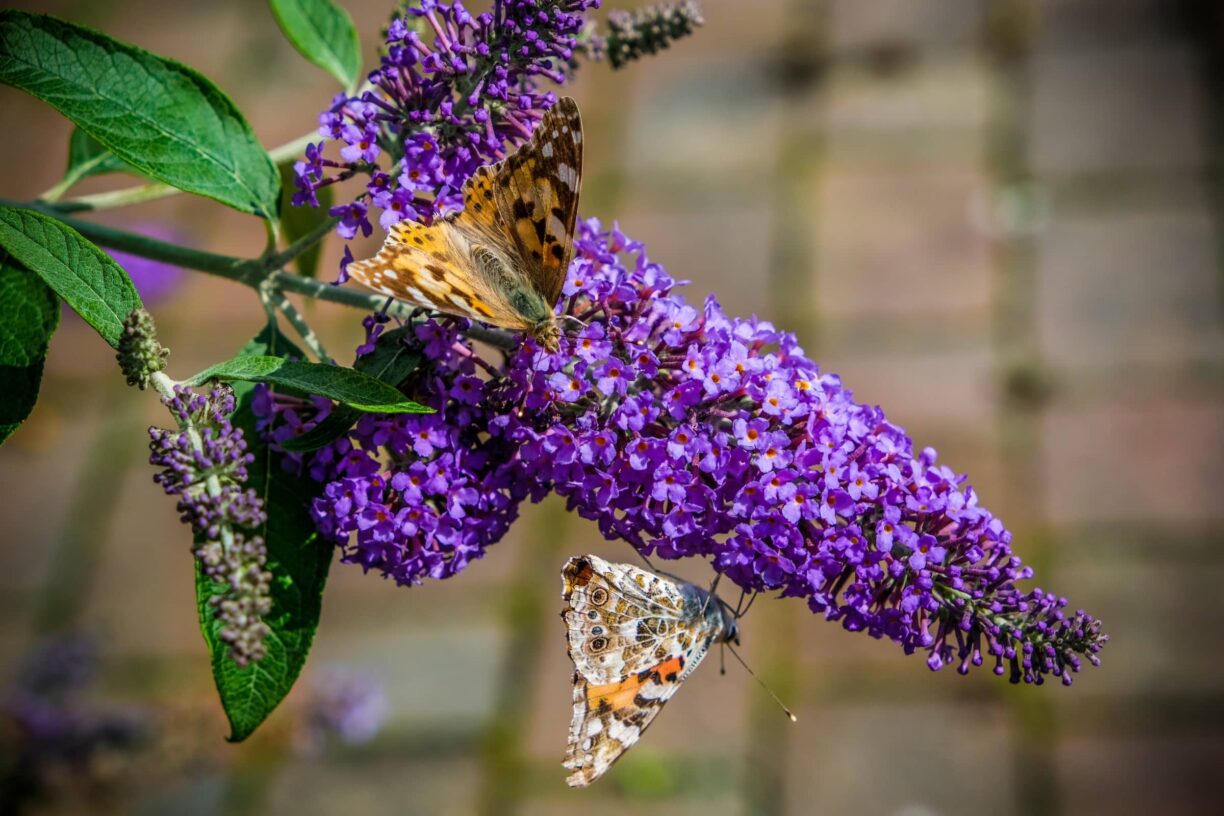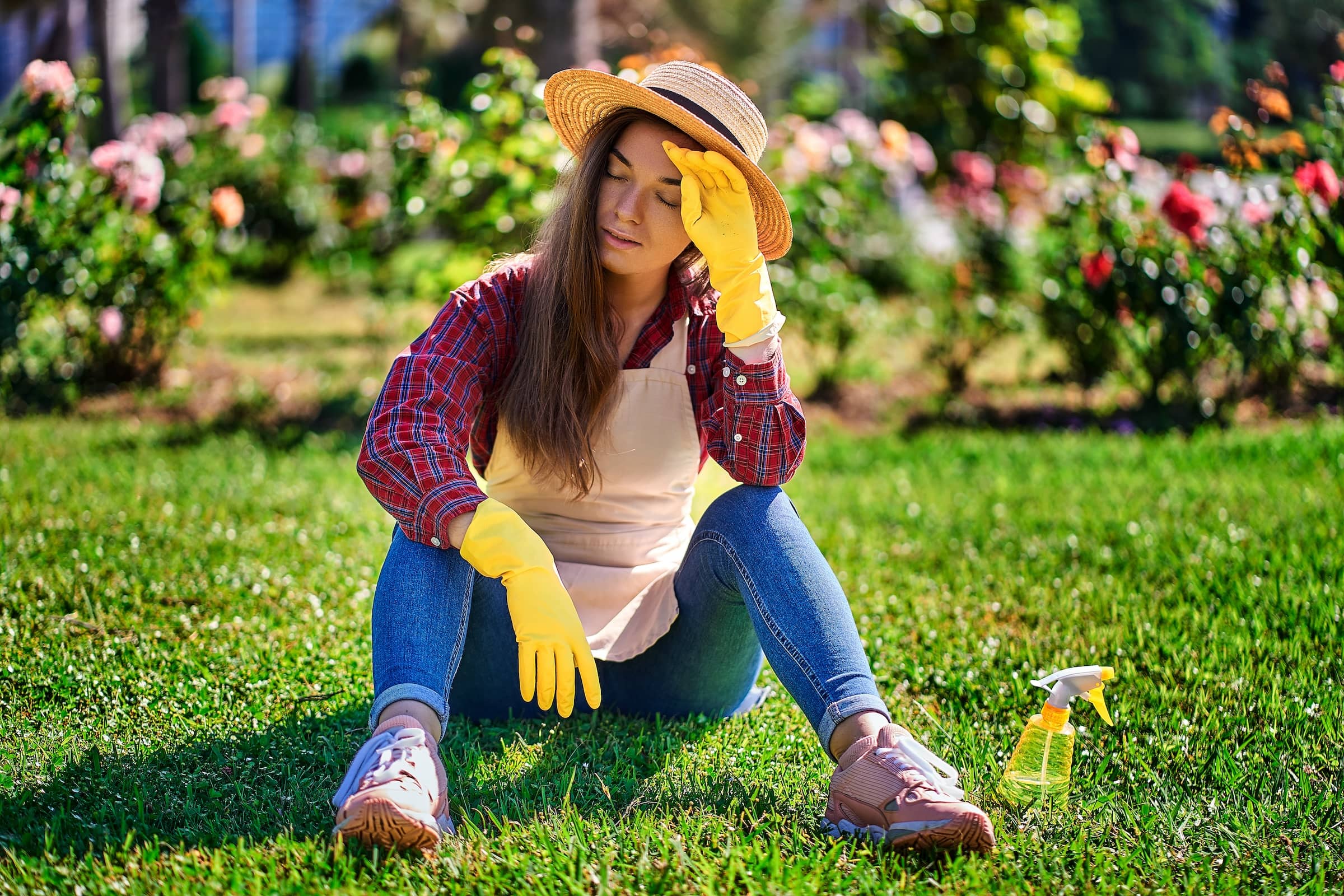Ah, the great outdoors! While we often marvel at nature’s beauty, there are certain green villains lurking in our gardens that can cause havoc, devalue your property, and give you sleepless nights.
Yes, we’re talking about those pesky, invasive plants that are more trouble than they’re worth.

In light of this, chartered surveyors Stokemont have compiled a list of plants which could devalue your home.
Property surveyor Bradley Mackenzie of Stokemont has also provided tips on how to spot and remove these plants.
Let’s dive into the murky waters of these troublesome greens, and brace yourself, it’s a wild botanical ride.
Japanese Knotweed: The Silent Destroyer
With a whopping 368,000 monthly UK searches, Japanese Knotweed isn’t just a plant; it’s a homeowner’s nightmare.
This beast grows like it’s on a mission, with bamboo-like red shoots and shovel-shaped leaves reaching up to 3 meters tall during spring and summer.
But it’s the roots that are the real troublemakers, digging down as far as 20 meters underground.
Bradley Mackenzie from Stokemont warns, “If you spot Japanese knotweed in your garden it is really important to take immediate action before it’s too late.
We would highly recommend you seek professional help when removing them as they re-establish easily from even the smallest remains.
If you prefer doing it yourself, a strong herbicide such as Glyphosate would be the most effective method to kill those zombie-like plants!”
Not only can it wreak havoc on your plumbing and foundation, but its mere presence can devalue your property by up to 20%.
No wonder there’s been a 5,000% increase in searches for ‘getting rid of Japanese Knotweed’ recently!
Giant Hogweed: The Phototoxic Menace
Giant Hogweed, with 74,000 monthly UK searches, is another nasty customer. Often mistaken for cow parsley, this plant sports thick green stems with purple spots and white umbrella-shaped flowers. But don’t let its harmless looks fool you.
Bradley notes, “Giant hogweed is widespread across the UK, especially around rivers and ponds. Its sap is phototoxic and can cause severe skin burns or scars under sunlight.
Though it’s unlikely to cause direct harm to your property, buyers may still refuse to pay a higher price if this weed is present because of its high cost of removal – up to £15,000.”
Buddleia: The Masonry Marauder
Buddleia, known more endearingly as Butterfly Bush, attracts plenty of attention with 60,500 monthly searches.
Its beautiful purple (sometimes white) flowers and honey-like fragrance might charm butterflies and bees, but it’s a different story for homeowners.
Bradley explains, “Buddleia can be treated with herbicide, either sprayed, or injected into the trunk.
If carried out correctly, the plant will then die, however it will need to be extracted from where it may be lodged in the wall.
It is therefore recommended that you consult a professional, rather than trying to remove it yourself.”
This plant’s roots can penetrate masonry and brickwork, causing serious structural damage. It’s no wonder that Buddleia control costs the British economy an estimated £961,000 annually.
Himalayan Balsam: The Seed Spreader
With 33,100 monthly UK searches, Himalayan Balsam is a deceptively pretty invader. Standing tall at 2-3 meters, its pink flowers add a splash of colour to summer and autumn landscapes. However, it’s a master at spreading its seeds far and wide, disrupting local ecosystems.
Bradley advises caution, “Himalayan Balsam is quickly becoming a more common sight in the UK.
It is illegal to plant in the wild due to its significant ecological impact and potential buyers may be wary.
It is recommended to keep this plant controlled or get rid of it all together, and make sure it does not spread to your neighbours’ home as it can be illegal!”
While not poisonous, its aggressive growth can outcompete native plants, making it a legal headache if it spreads to your neighbours’ properties.
Rhododendron Ponticum: The Toxic Beauty
Last but not least, Rhododendron Ponticum garners 18,100 monthly searches. This invasive species, with its vibrant blooms and woody stems, might look charming in spring, but it’s a toxic beauty with a dark side.
Bradley stresses, “There are several methods which you can attempt to use to remove this plant, such as hand pulling or stump treatment, however, these methods depend on the size of the infestation and it might be difficult to know which one will be the most effective. Therefore, it is best to talk to professionals.”
Listed under Schedule 9 of the Wildlife and Countryside Act 1981, it’s illegal to plant or allow it to spread in the wild. Its toxins can harm both people and livestock, making safe removal essential.
The Bottom Line
While these plants might add a touch of the exotic to your garden, they’re more trouble than they’re worth.
Not only can they cause serious structural damage and ecological issues, but they can also significantly devalue your home.
If you spot any of these green villains, take swift action, preferably with professional help, to protect your property and peace of mind.





